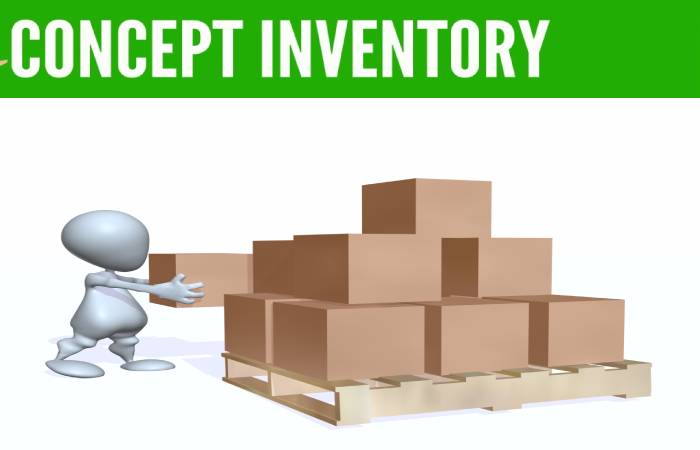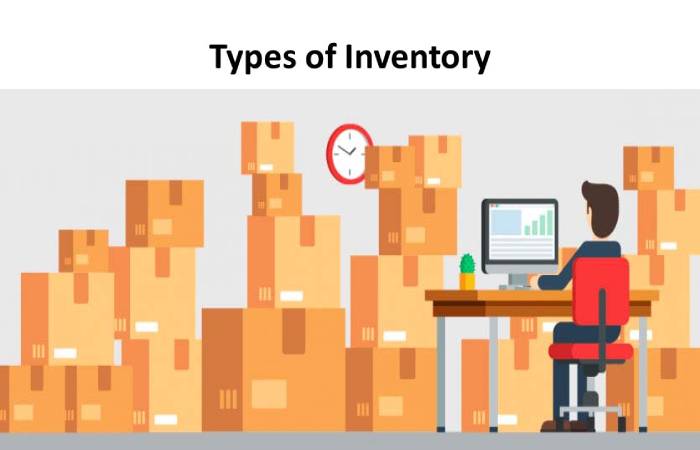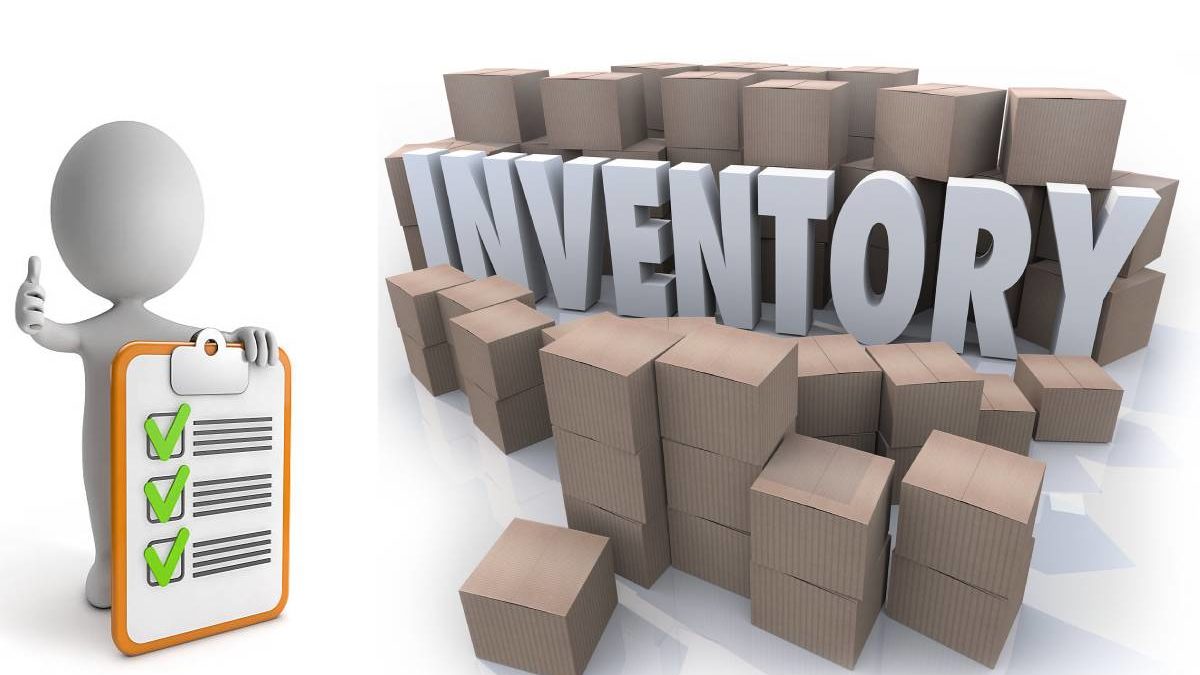Table of Contents
What is an Inventory?
An inventory is the detailed classification of movable and immovable property that makes up a person’s commercial wealth or a company. Lists carry out at a specified time.
More Content by Concept of Inventory

With the inventory, large and small companies keep total control of merchandise and sales during the commercial period. At the end of this period, the company obtains the final balance and compares it with other years to draw conclusions and take commercial actions based on the result.
What are the Uses of Inventory?
- It uses in companies as a system of control and recording of earnings since it provides a summary and factual information on the purchase and sale of goods or services.
- The direct relationship between inventory and accounting is the central nucleus of commerce. That is why companies must have tenacious control in their operations without fail.
- Through the stock, you can know the company’s current state and make decisions that allow it to administer and managed profitably.
- Knowing the demand for a product is essential to make purchases of raw materials or wholesale inputs and lower costs, which allows maintaining a constant production without missing inputs.
Types of Inventory

Different types of inventories vary according to each company’s size or particularity and the kind of production.
1. According to its Shape
Inventory of finished products: Formed by manufactured products that will be or offer for sale.
Inventory of raw materials: Formed by elements that, once processed, will be a product.
And also, inventory of products in the manufacturing process: Formed by-products in an intermediate approach are not raw material or a finished product; that is, they are being carried out or formed.
2. According to the Moment
Initial inventory: It carries out before the start of operations in a company.
Final inventory: It carries out by the company at the end of each accounting period.
3. According to the Periodicity
Perpetual inventory: It is given technology through a way software of database. The data are updated instantly at each input or output of a product.
Periodic inventory: It is carried out through a physical count of merchandise each a specific time.
4. According to Logistics
Reserve inventory: Formed by that production surplus used to increase demand or failures in the production process.
Inventory in transit: Formed by those products that have not yet reached the company since they are in the hands of suppliers or transport.
Cycle inventory: Formed by merchandise or raw materials bought in surplus to reduce the cost per purchase unit.
Forecast inventory: Formed by the surplus merchandise produced in periods of low demand to supply high demand periods.
Decoupling inventory: It uses between two processes whose productivity rate is not synchronized.
Also Read: Technology – Definition, Concept, Types, Origin, and More
How to Put Together a Periodic Inventory?
Delimit the products to inventories. It is essential to establish which products will inventory to withdraw and isolate them to not mix with the rest of the merchandise. You can have a shelf or a particular room for it.
Choose a Date
- Many companies carry out this work on a quarterly or semi-annual basis.
- Some have incorporated a perpetual inventory (after making an initial inventory and uploading the information to software, the entry, and exit of merchandise update automatically).
- It is advisable to choose a day when the store is closed to the public. Keep in mind that the process may take more hours or days than stipulated.
Hire People
- It process is usually a long and tedious job. Depending on the number of parts to inventories, labor from outside the company or business can hire to carry out the work.
- It must take into explanation when preparing the budget.
Have Office Supplies
- Stationery (labels, pens, sheets) are essential for neat and orderly work. Tags can use to label the products or group of products already inventoried.
- Establish a code to classify the different types of merchandise. It is advisable to assign a code to each product.
- It will allow in the future to find the products within the worksheet in a more straightforward way.
- Choose a spreadsheet or software to enter the data.
- As the merchandise count, the data entered in pencil on a spreadsheet or an online spreadsheet or software used to consult them in the future in a fast and straightforward way.
Advantages and Disadvantages of Inventory
Advantage
- It works as a mechanism of order and control.
- And also, it uses to detect losses or theft.
- It allows knowing the production levels.
- And also, it helps to know the value of a company.
- It allows us to know the demand curve and face it.
Disadvantages
- It requires a large number of human resources to carry out the process.
- It involves a tremendous storage cost.
- And also, it takes a great deal of time.
Conclusion
It is the array of finished goods or goods used in the production held by a company. List classifies as a current asset on a company’s balance sheet, and it serves as a buffer between manufacturing and order fulfillment.
When it sells, its carrying cost transfers to the cost of goods sold (COGS) category on the income statement.
Also Read: Network – Definition, Concept, Types, Topology, and More

